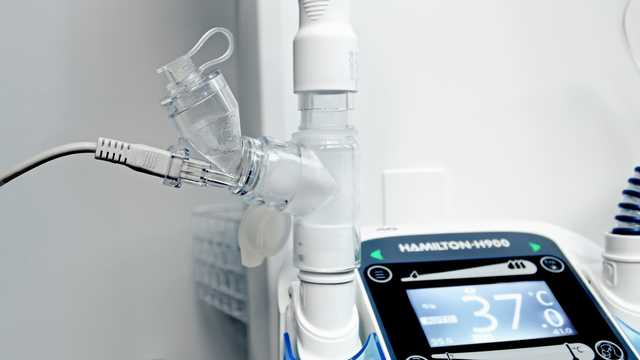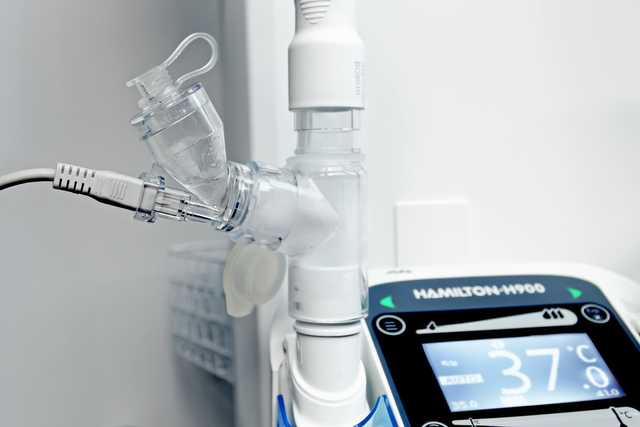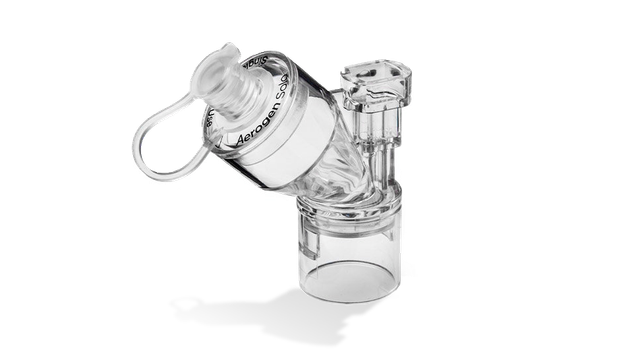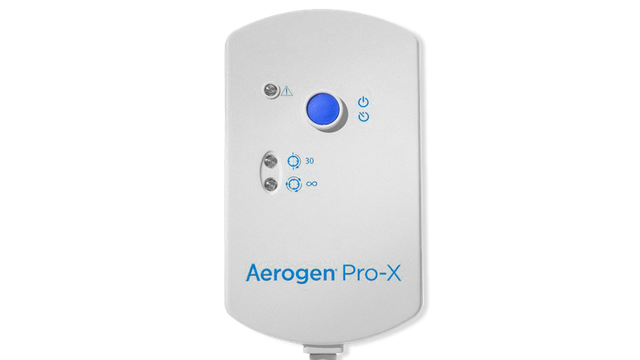Notas al pie
- A. Para los usuarios de EE. UU., el controlador USB de Aerogen solo debe funcionar enchufado a la red eléctrica mediante su adaptador específico.


Ofrecemos soluciones de nebulización de Aerogen, el fabricante y distribuidor líder del mundo de tecnologías de alto rendimiento para el suministro de tratamientos con medicación en aerosol.

La tecnología de malla vibratoria produce partículas con un tamaño de gota consistente:

El controlador Pro-X proporciona alimentación para poder utilizar las tecnologías Aerogen en un dispositivo portátil por todo el hospital.

El controlador USB Aerogen de perfil plano se puede utilizar para conectar el nebulizador Aerogen Solo a través del puerto USB del respirador (